Fencing, one of the most belittled things that secure a house, needs to be durable and low-cost, just like a pallet fence. Besides carrying heavy loads, pallet fences are easy to make as their crucial material is pre-made. Moreover, they can transition, be replaced, or customize for purpose as fence planters.
Finding Pallets
You will find pallets free of cost from warehouses that want to avoid the additional costs of recycling. Alternatively, you can buy them online in standard lengths of 3.5″ X 36″.
Where to Use Pallet Fences
Though they protect from larger animals entering your farm space, the gaps in the pallets allow smaller animals to slide through. Besides being suitable for large animal shelters, they work as micro-green feeders to small herbivores. Moreover, since they are pre-built rectangles, they function as fencing panels with raw modification. Furthermore, these crude fencing options offer resolved features in comparison to their prices.
Preparations
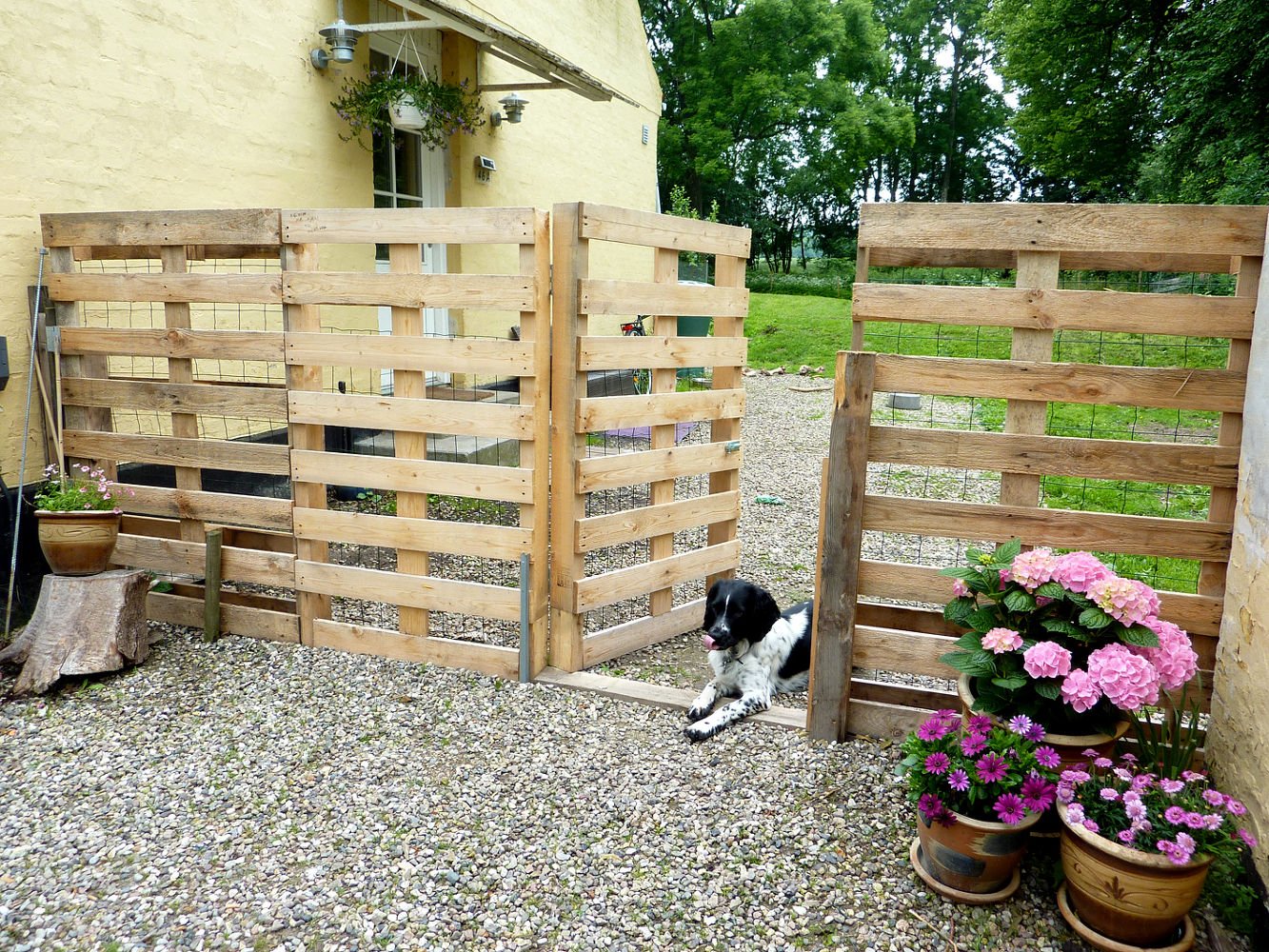
Though a highly apparent tip, it is the most common mistake in DIY Projects. Ensure that all the pallets you are using are the same in size, and if not, make them the same in size. Nobody likes an outlandish fence, so ensure that you cross-check thoroughly.
Ensure that each pallet is free of dust, cracks, splits, broken nails, and deformities. Hence, touch upon the repairable pallets and discard the irreparable. Moreover, if you use pallet fencing for your organic farms, check if they are chemically treated or crude.
Collecting Pallets
You will come across pallets of different shapes and sizes and, for elegant fencing, do not mix two/ more styles. A standard pellet measures 40″ X 48″, just enough to keep small animals in place. The number of pallets and skids required depends upon the project and has no fixed rules. Let your assumption and estimation powers calculate these for a DIY.
Assembly
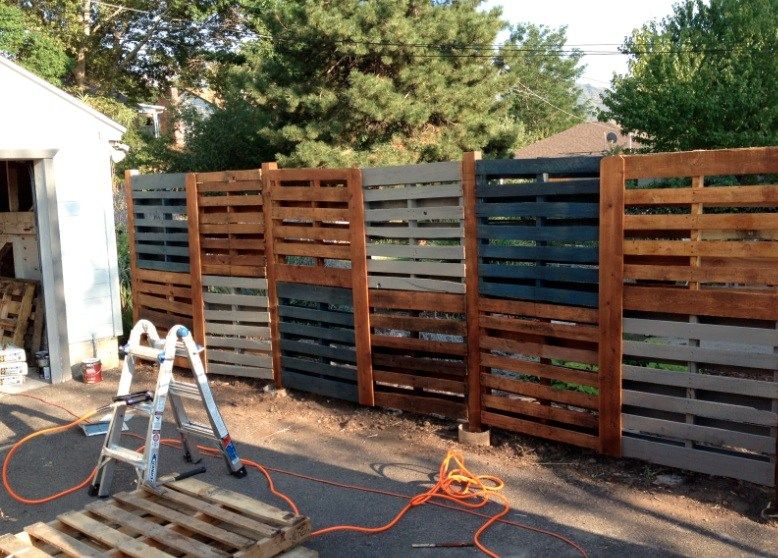
Standard pellets weigh up to 40 pounds alone. So, remember to cross-check for anchoring. 4″ X 4″ posts anchor the pallet fence properly. You may even use 3″ bolts or large roofing nails with hammers to secure the pallets and keep them intact. Alternatively, you can buy stakes and push them into the ground. Then, all you have to do is slide the pallets over the stakes. Though costly, this method is simple and accounts for fast fabrication. Hence, this method is suitable for fence planters.
Make holes of about 80″ for fitting the posts. Fill the bottom with gravel. Poke a stake in this hole, as for a regular fence, and pour concrete. Keep a gap of about 1″ from the ground surface. In the next step, merely slide pallets from the post tops. Secure the pallets to the post by using 2″ screws. Additionally, you can join the two pallets together with 3″ screws.
Consecutively, for low-raised fences or custom fences, cut your pallets as per the desired measurements. However, remember to cut in the same direction as the grains and cut off height by removing stacked pallets. This cutting is easy and does not take up a lot of time and effort.
Add A Pallet Door
Take an extra pallet and attach it as a door to your fencing. With the help of hinges, fasten this door to your fencing. If the fencing has a wider gap, you can place a pole or pole-like substitute next to the fence, fixed on the ground, and attach your latches to it. However, this process is a little tricky and will require proper attention to latch the post perfectly.
At this point, you have room for customization. You can trim off the tops of each pallet to make a picket fence. Painting the pallets or making garden boxes inside the gaps at the top and middle sections is excellent for creeping trellis and make the fencing even prettier. Moreover, a pallet fence can keep your animals in their grazing zones. All you need to add is just a chicken wire and staple it to the inside of your pallet.
Key Considerations
If using a pallet fence for a chicken yard, prefer using 4″ X 4″ posts. Cover the tops with chicken wires to prevent your flock from flying away. If converting pallets to compost bins, you may add stability with pieces of leftover furniture or brackets and secure the edges with garden stakes.
You can change your pallet fencing to miniature container gardens too. However, remember to select shallow-rooted plants for this purpose. For fences for goat rearing, a higher, sturdier, stacked pallet is suitable.
Conclusion
Pallet fences are a combination of ‘best out of waste’ and functionality. They are customizable and can be painted or left rustic. They can be tweaked or stained for high fences. However, this depends on your choice and budget and needs crude planning.

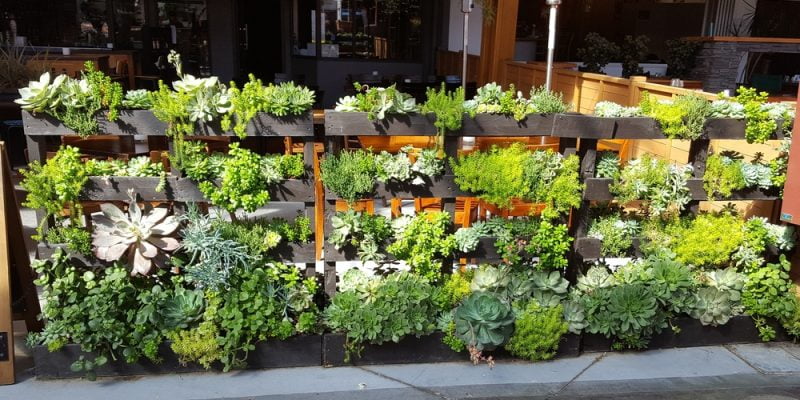


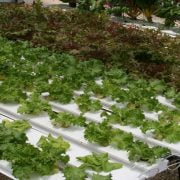
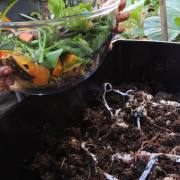
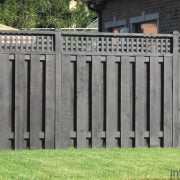
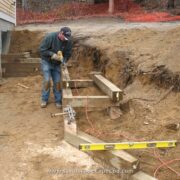


Comments